AI in Disaster Response and Management GPT - AI-Powered Disaster Management
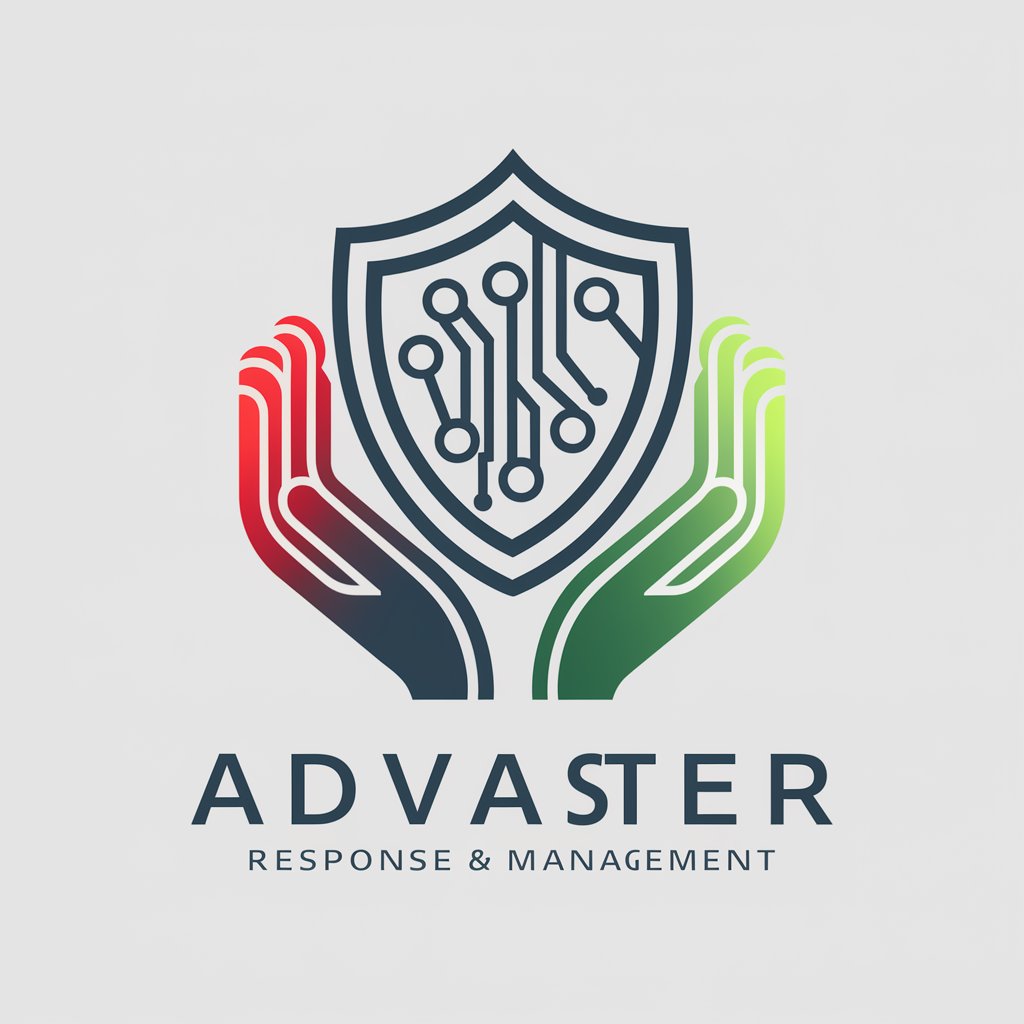
Hello! Let's explore AI's impact on disaster response together.
Empowering disaster response with AI insights
Describe how AI can improve disaster response and management by...
Explain the latest advancements in AI for predicting natural disasters and...
Discuss the role of AI in coordinating emergency services during...
Highlight the benefits and challenges of using AI in disaster preparedness and...
Get Embed Code
Introduction to AI in Disaster Response and Management GPT
AI in Disaster Response and Management GPT is designed to leverage artificial intelligence for enhancing the effectiveness of disaster response and management strategies. It functions as a sophisticated tool that assists in predicting, preparing for, and responding to various natural disasters by analyzing vast amounts of data, identifying patterns, and providing actionable insights. For example, it can simulate disaster scenarios to forecast potential impacts, thus enabling better planning and resource allocation. Moreover, it supports real-time monitoring and analysis, which is crucial for timely and effective disaster response. Powered by ChatGPT-4o。

Main Functions of AI in Disaster Response and Management GPT
Predictive Analysis
Example
Using historical data and machine learning models to predict the likelihood and potential impact of natural disasters such as hurricanes or earthquakes.
Scenario
Authorities in a coastal city use the GPT's predictive analysis to anticipate a major hurricane, allowing them to evacuate vulnerable areas and allocate resources efficiently.
Resource Optimization
Example
Allocating rescue teams, medical aid, and relief supplies in the most effective manner based on AI-driven simulations and data analysis.
Scenario
After a major earthquake, the GPT helps coordinate the deployment of emergency services to the hardest-hit areas, ensuring that medical supplies are distributed where they are needed most.
Damage Assessment
Example
Analyzing satellite images and on-ground sensor data to assess the extent of damage post-disaster, facilitating quicker and more targeted response efforts.
Scenario
Following a flood, the GPT processes satellite imagery to identify the most severely affected regions, enabling faster and more precise aid delivery.
Information Dissemination
Example
Providing real-time updates and advisories to the public and relevant stakeholders through various communication channels.
Scenario
During a wildfire, the GPT disseminates timely information about safe evacuation routes and shelter locations to the affected community's smartphones and local media.
Ideal Users of AI in Disaster Response and Management GPT Services
Emergency Response Agencies
Government and non-government organizations responsible for disaster preparedness, response, and recovery would greatly benefit from AI-driven insights for strategic planning and operational efficiency.
Urban Planners and Infrastructure Managers
Professionals involved in city planning and infrastructure development can use AI insights to design more resilient structures and systems that withstand the impacts of natural disasters.
Humanitarian Organizations
NGOs and international aid organizations can leverage AI for better coordination of relief efforts, optimizing resource distribution, and assessing the needs of affected populations more accurately.
Researchers and Academics
Individuals and institutions engaged in the study of disaster management can use AI tools for data analysis, simulation, and research to develop new strategies and solutions.

Guidelines for Using AI in Disaster Response and Management GPT
1
Begin by accessing a free trial at yeschat.ai, where you can explore the AI's capabilities without the necessity for a login or subscribing to ChatGPT Plus.
2
Familiarize yourself with the AI's features by reviewing available resources and tutorials on the platform. This will help you understand how to effectively utilize the AI for disaster response and management.
3
Define your specific needs or questions related to disaster management, such as predictive analysis, emergency planning, or real-time information gathering, to leverage the AI's capabilities effectively.
4
Engage with the AI by inputting your queries or data. Utilize the interactive interface to refine your questions based on the AI's responses, enabling a tailored solution to your disaster management challenges.
5
Regularly update and input new data or scenarios to keep the AI informed about the latest developments in disaster response and management, ensuring the most accurate and effective assistance.
Try other advanced and practical GPTs
Multilingual Disaster Aid (Ligt)
Translate aid, bridge languages instantly.

Multilingual Disaster Aid
Bridging Languages in Emergencies with AI
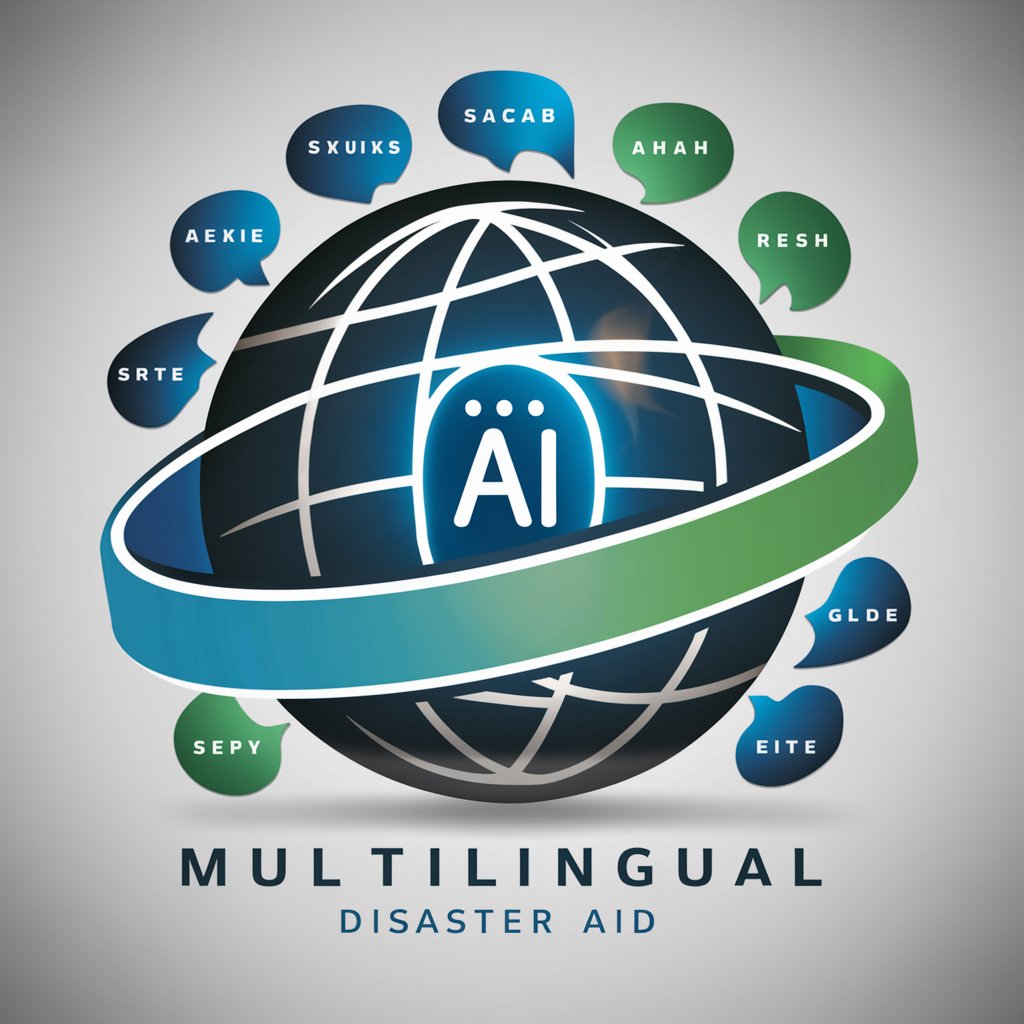
Chef Disaster
Unleash culinary creativity with AI-powered chaos.

Disaster Program Manager
Empowering disaster response with AI
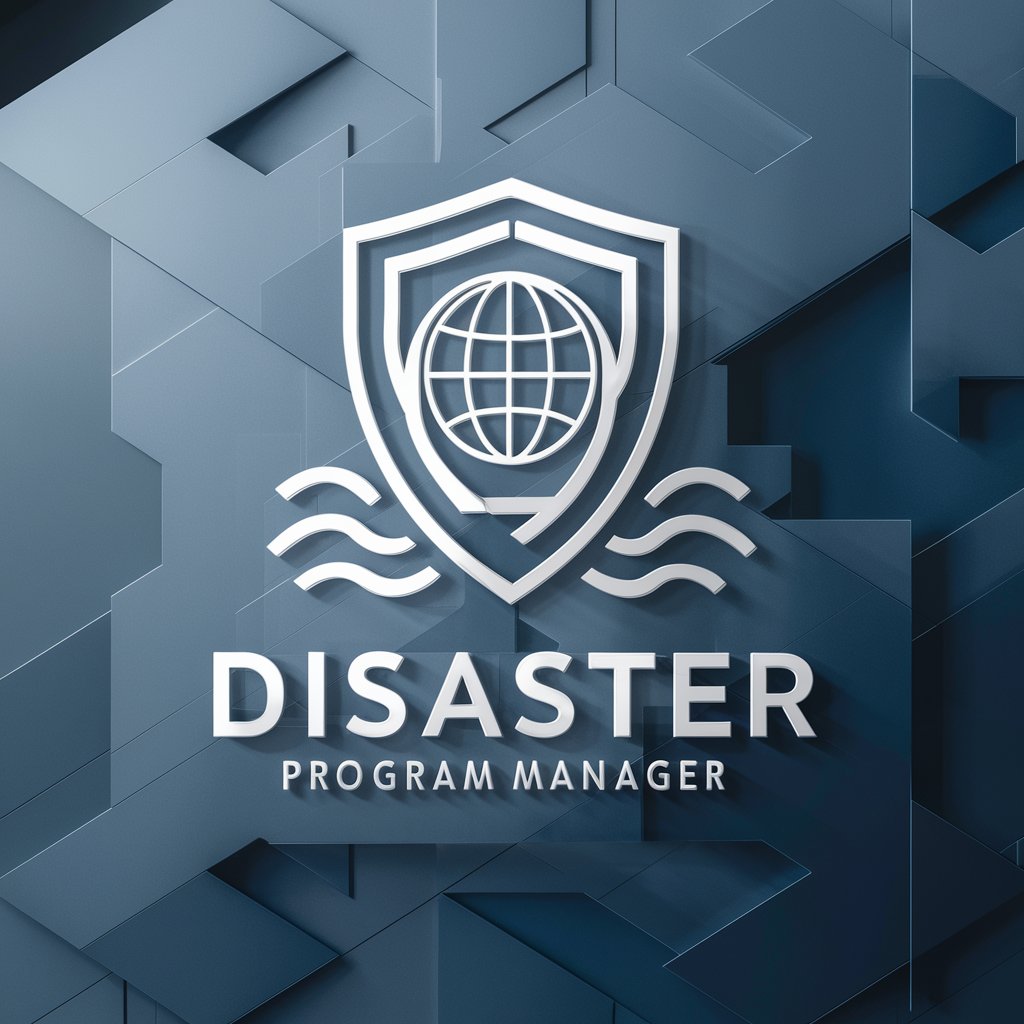
Disaster Prep
Empowering Preparedness with AI
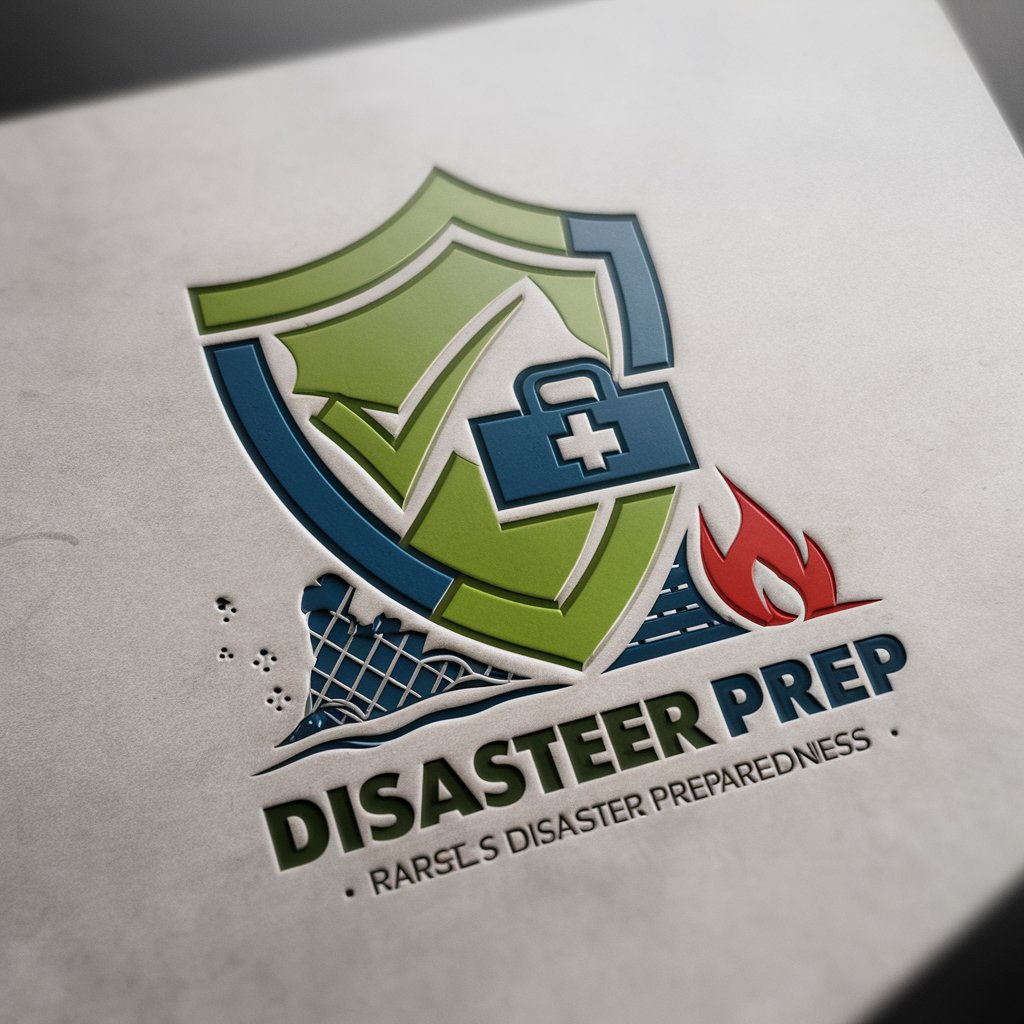
Disaster Prep Sim
Train, Engage, Prepare — AI-Powered
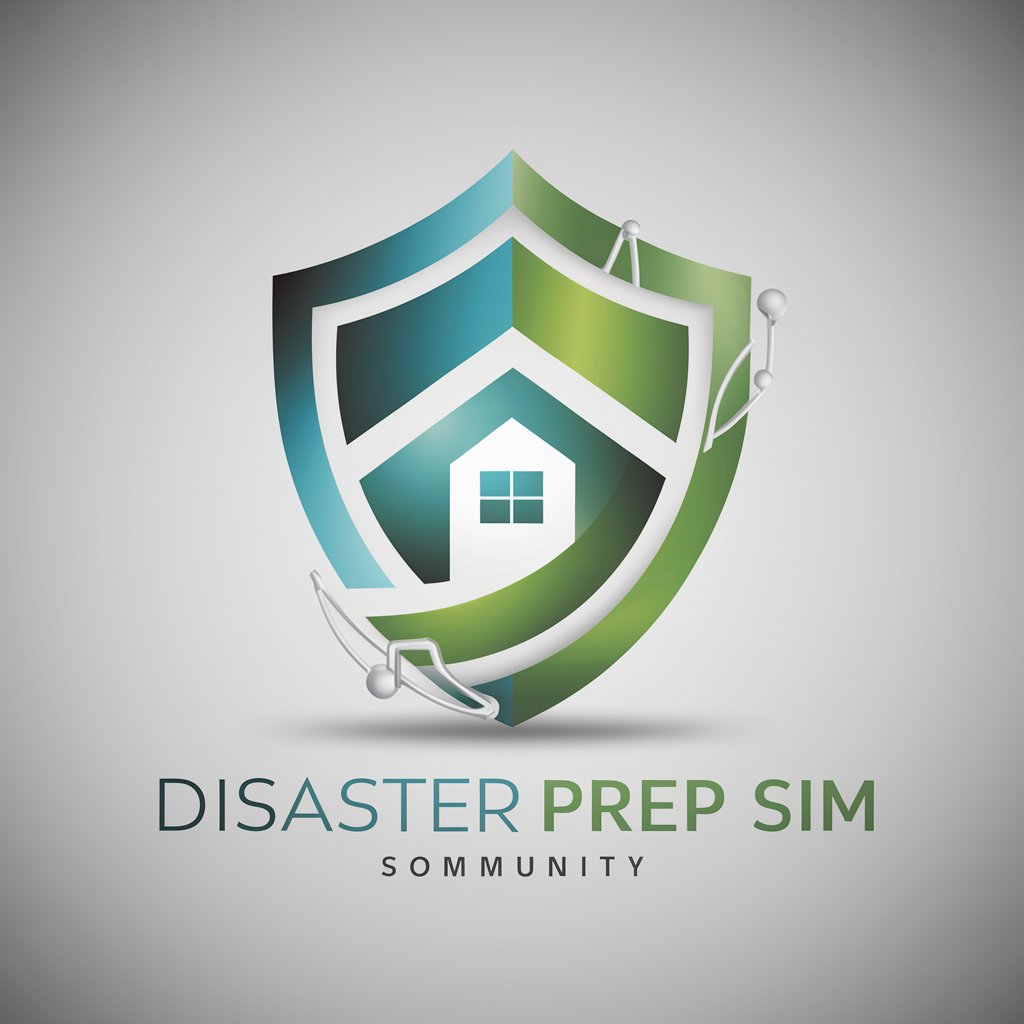
Junior Scholar
Learn Smarter, Not Harder with AI

Junior Explorer
Exploring Knowledge with AI

WriteSpark Junior
Ignite Young Minds with AI-Powered Writing

Coach Junior
Empowering Young Minds Through AI

Chef Junior
Culinary adventures powered by AI

Jokester Junior
Bringing Laughter to Learning with AI
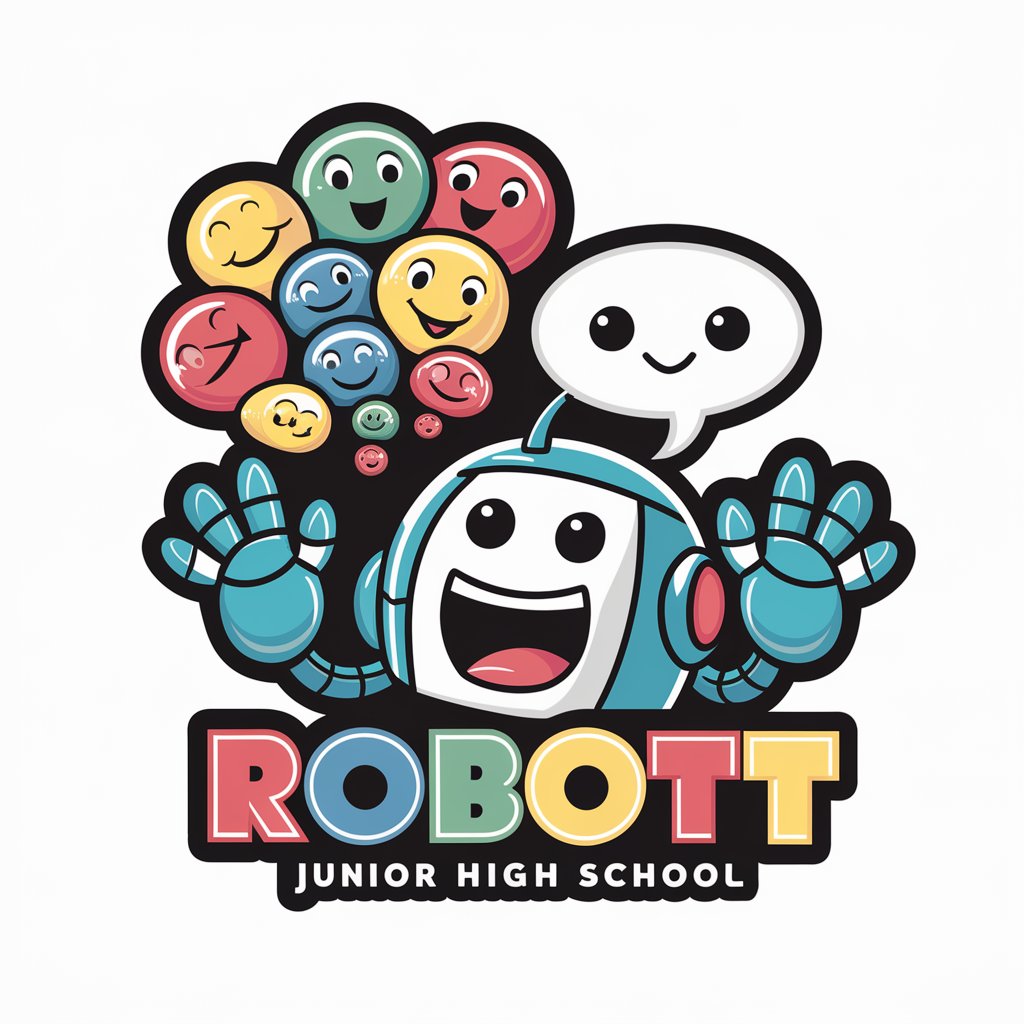
Frequently Asked Questions About AI in Disaster Response and Management GPT
What types of disasters can the AI in Disaster Response and Management GPT help manage?
The AI is capable of assisting in a wide range of disasters, including natural disasters like hurricanes, earthquakes, floods, and wildfires, as well as human-made crises such as industrial accidents and terrorist attacks. It can analyze vast amounts of data to predict potential impacts, optimize response efforts, and provide recovery strategies.
How does the AI improve emergency response times?
By leveraging real-time data analysis and machine learning models, the AI can quickly identify disaster trends, predict hotspots, and allocate resources efficiently. This reduces the time taken to respond to emergencies by ensuring that responders are well-informed and resources are directed where they are needed most.
Can the AI in Disaster Response and Management GPT work with existing emergency management systems?
Yes, the AI is designed to integrate with existing emergency management systems, enhancing their capabilities by providing additional layers of data analysis and predictive insights. This integration allows for a more coordinated and effective disaster response.
What role does AI play in post-disaster recovery?
AI aids in post-disaster recovery by analyzing damage assessments, prioritizing recovery efforts, and predicting potential secondary impacts, such as aftershocks or secondary flooding. This enables more strategic allocation of resources and supports faster recovery.
How does the AI ensure the privacy and security of the data it handles?
The AI adheres to strict data privacy and security protocols, including encryption, access controls, and anonymization of sensitive information. It is designed to process data in a way that respects user privacy and complies with applicable regulations.
